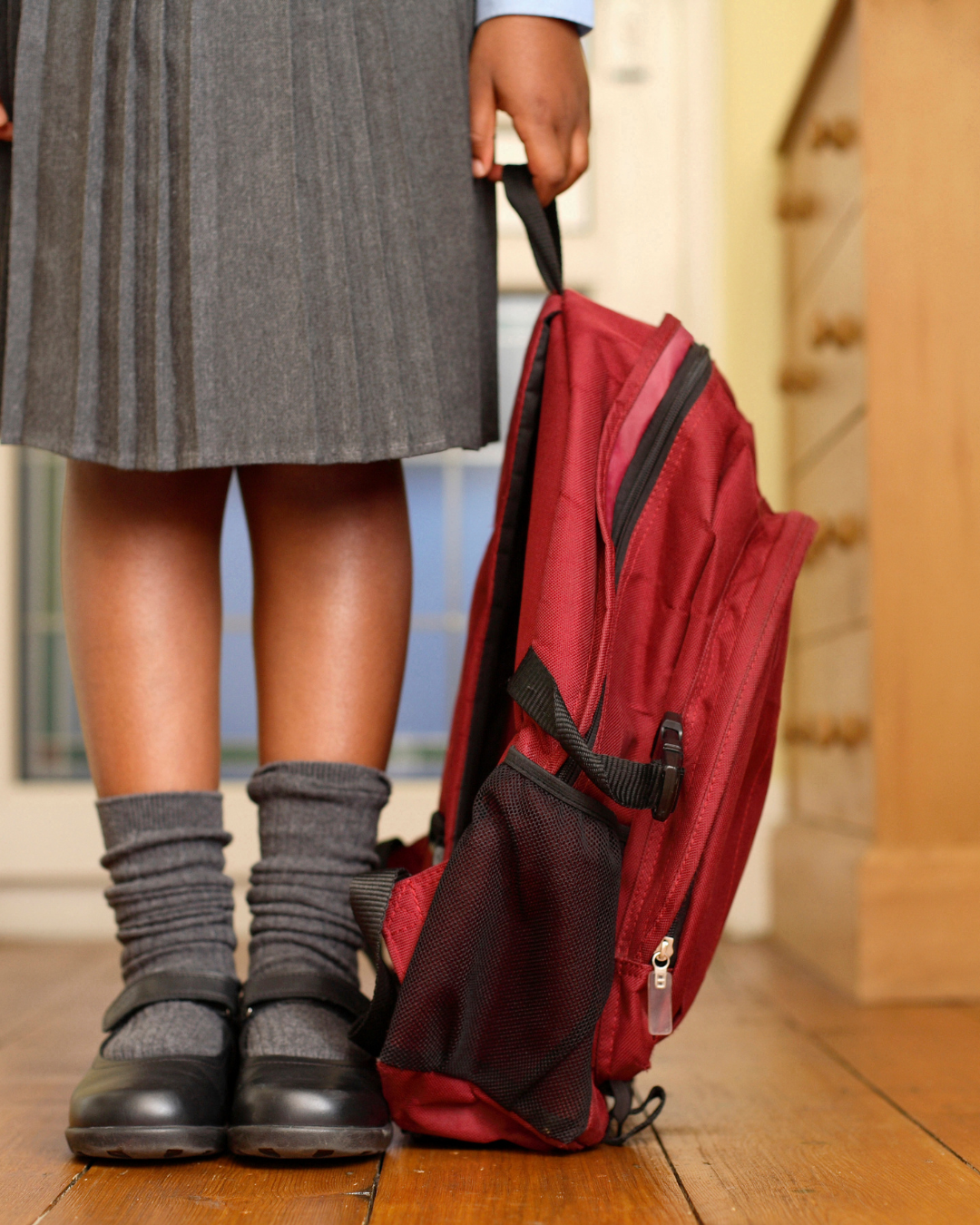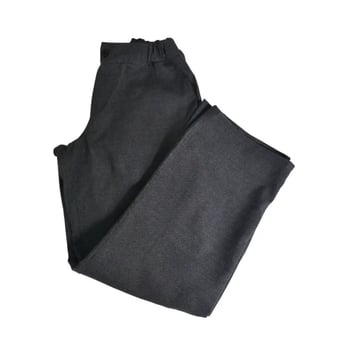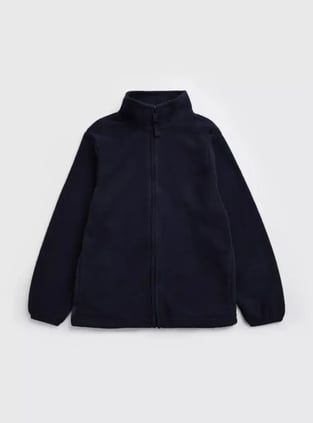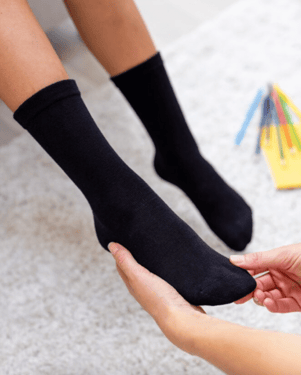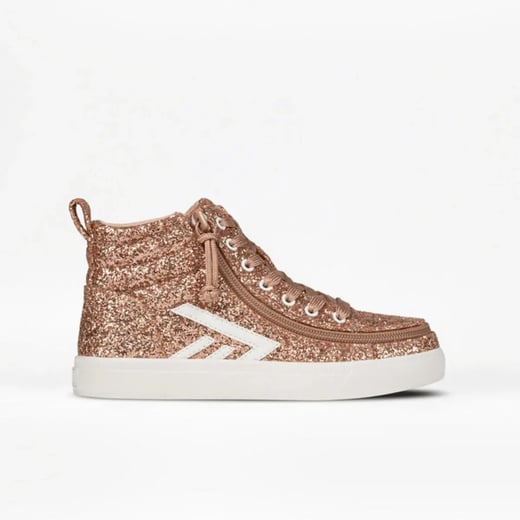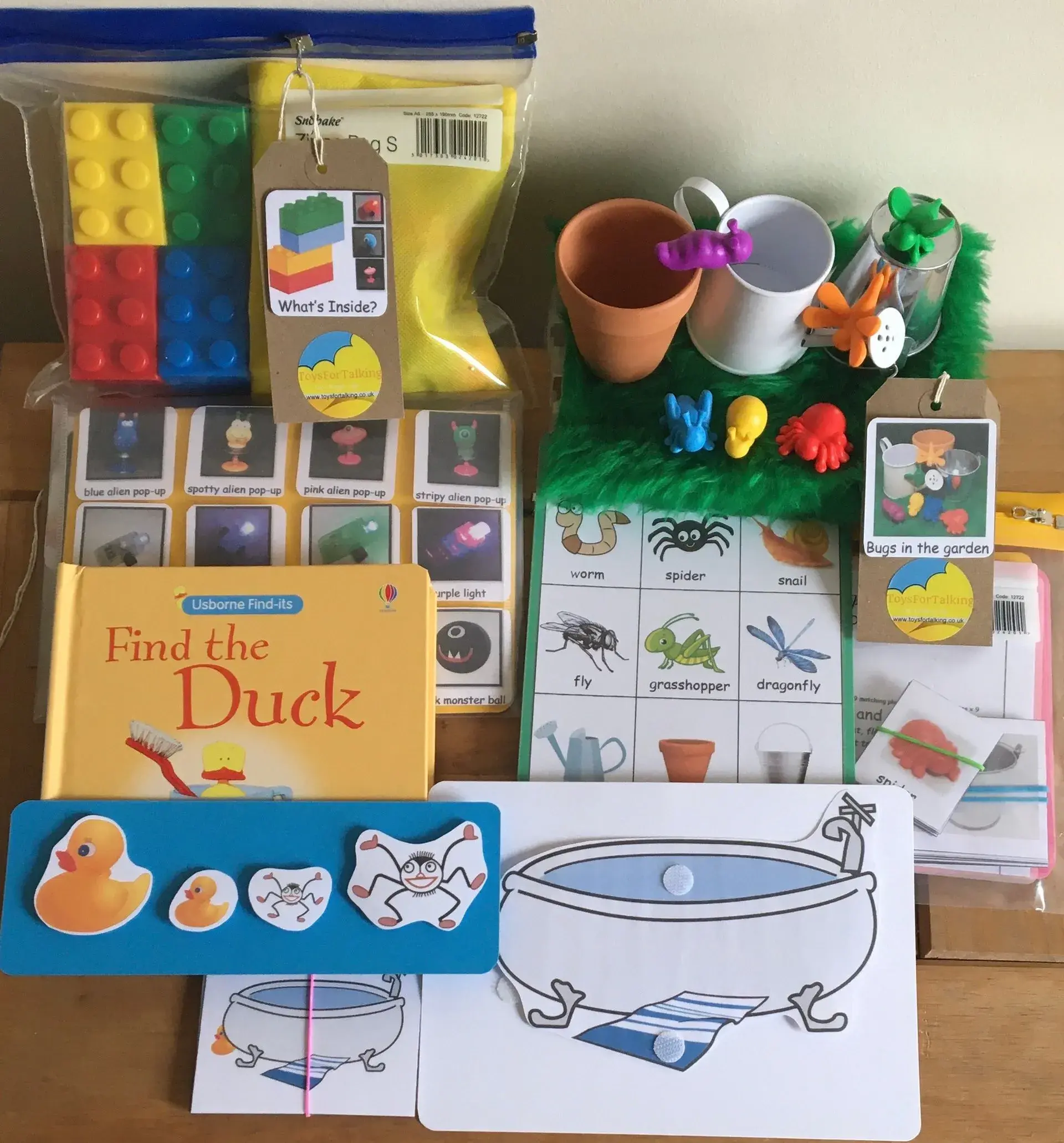There is something about that first week of September. The smell of fresh stationery, the slightly-too-big shoes, and the morning rush to find the iron. But for some children, the hardest part is something many schools take for granted: wearing the uniform.
If your child finds their school uniform uncomfortable, difficult to manage, or simply distressing, you’re not the only one facing this issue. Many families face similar challenges and are seeking practical ways to help their child feel more at ease at school.
Under the Equality Act 2010, schools have a legal duty to make reasonable adjustments. If the uniform policy is affecting your child’s ability to access learning comfortably, speak to the school. Most schools will work with families to find a balance that keeps the child included, without unnecessary stress.
To support affordability, the government has also introduced guidance to limit the number of branded items required in school uniforms. This initiative is designed to alleviate financial pressure on families and make uniforms more affordable and accessible to all.
Below are practical and affordable suggestions for uniform adaptations that focus on comfort, accessibility and dignity.
Soft, Sensory-Friendly Polo Shirts and Tees
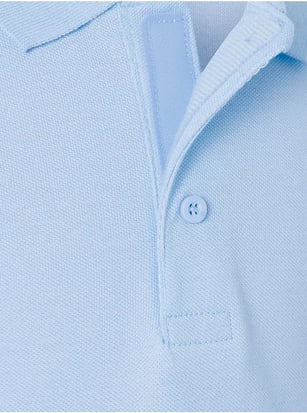 Stiff collars, itchy seams and scratchy labels are common complaints, especially for children with sensory sensitivities. Many find traditional school shirts unbearable.
Stiff collars, itchy seams and scratchy labels are common complaints, especially for children with sensory sensitivities. Many find traditional school shirts unbearable.
Instead, try soft cotton polo shirts with flat seams and minimal detailing. Short sleeves and simple designs help reduce irritation. Choose breathable fabrics that move with the child’s body, and avoid items with embroidered logos or hard stitching.
George at ASDA’s Easy On range has been developed with comfort and independence in mind. The designs feature soft seams, elasticated details and easy-close fastenings, supporting children who find dressing difficult or who prefer clothes that feel less restrictive. These adjustments are subtle but can make a noticeable difference for children with sensory processing needs or coordination challenges.
Available at:
George at ASDA
Pull-On and Elasticated Trousers
Buttons and zips can be difficult for children who have limited dexterity, joint pain or coordination challenges. Pull-on trousers with elasticated waists help promote independence and reduce dressing time. Many high street retailers now offer trousers with jersey waists or internal elastic adjusters. Look for soft fabrics, wide waistbands and easy movement. These also work well for children who may need to change quickly in the event of an accident or sensory overload.
Available at:
Sensory Smart
George at ASDA
Soft Layers and Hoodies
Some children struggle with temperature regulation or dislike the feel of certain jumpers. Others may feel more secure with an extra layer they can take on and off as needed.
Fleeces and hoodies can be a helpful addition to the uniform if agreed with the school. Choose soft materials with loose necklines, easy zips and no tight cuffs. Keep one in their school bag as a backup for days when the classroom feels too cold or overwhelming.
Available at:
TU clothing at Sainsburys
Sensory-Friendly Underwear
 Getting dressed comfortably starts with what is closest to the skin. Many children struggle with standard underwear due to seams, elastic bands or synthetic fabrics. This can lead to daily battles before the uniform even goes on.
Getting dressed comfortably starts with what is closest to the skin. Many children struggle with standard underwear due to seams, elastic bands or synthetic fabrics. This can lead to daily battles before the uniform even goes on.
Look for cotton-rich options with flat seams, gentle waistbands and no tags. Some children prefer snug-fitting styles that provide gentle pressure, while others prefer looser options.
Available at:
Sensory Smart
Cheeky Pants
UNIQLO
Seamless Socks
Socks are often the tipping point. For children with sensory needs, even a small seam across the toes or a tight cuff can cause major discomfort. They may repeatedly remove their socks or refuse to wear shoes altogether.
Look for socks that are advertised as truly seamless or with gentle tops. Soft, stretchy materials can help reduce pressure and friction inside shoes.
Available at:
Amazon
Sock Shop
Comfortable and Supportive School Shoes
For children who wear orthotics or have foot sensitivity, finding suitable school shoes can be particularly tricky. Standard shoes are often too narrow, too rigid or difficult to fasten independently, making daily dressing a challenge.
Look for shoes with wider fits, softer linings and easy-entry designs. Some styles feature wrap-around openings that allow the shoe to open completely flat, making it quicker and less stressful to get dressed. A deeper fit can also help accommodate Ankle-Foot Orthoses (AFOs) or other supportive equipment without discomfort or pressure. Supportive soles and cushioned insoles can provide extra comfort for children who spend their days on their feet. As with clothing, minor design differences can have a significant impact on ease, independence and overall comfort.
Available at:
Fledglings
Special Kids Company
Tips for Affordability and Uniform Support
We understand how costly uniforms can be, especially when replacing uncomfortable items with alternatives. Here are a few ways to keep things manageable:
• Ask your school about second-hand uniform sales or swap shops.
• Check if your local authority offers a uniform grant.
• Prioritise comfort for daily wear rather than multiple identical sets.
• Choose plain, unbranded versions in school colours where possible.
• Adapt supermarket basics at home by removing tags or adding soft linings.
Websites such as Vinted, Thrift+, and local parent forums often offer excellent-quality schoolwear at a fraction of the cost.
It’s not too late to have fun this August. Why not take a look at our article on SEND-Friendly Days Out in London This Summer for ideas the whole family can enjoy?
Disclaimer: The information in this article is provided for general interest and should not be considered medical, therapeutic or educational advice. Families are encouraged to seek support from qualified professionals regarding individual needs or concerns.

